ARCTIC BIRDS OF ARCTIC WATCH
Arctic Watch
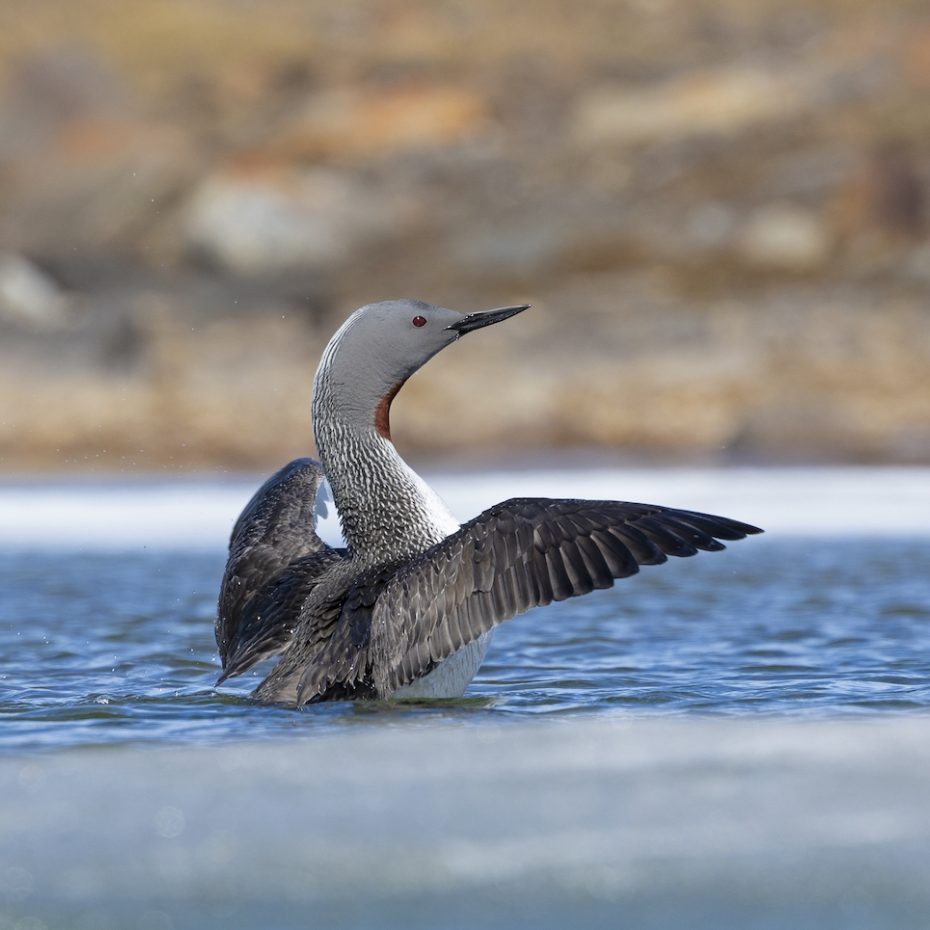
Arctic Watch
November 09, 2022 | Somerset Island, Northwest Passage, Nunavut
On Somerset Island, we're fortunate to have an impressive diversity of birdlife.

Our lodge Arctic Watch is on the north shores of Somerset Island. The area is home to an impressive list of birds that inhabit the region. Most birds in the area are migratory, flying to the Arctic every summer to hatch chicks and feed. Surprisingly, there are two very birds that are residential - the snowy owl and arctic raven.
- Brant Geese: coastal goose that is typically seen along the shores of the Northwest Passage. Checks are born fully covered with down and ready to swim/walk/feed within one day!
- Snow Geese: these geese return annually to Somerset to nest in the same place year over year. In high snow years, if a snow goose sees snow in their nesting sites, they can choose to reabsorb the egg for energy and fly south - effectively not reproducing in that season. Our snow goose population has been decimated by arctic wolves and foxes over the past 5 years. When snow geese nest, they will loose the ability to fly for a short period of time - this bizarre evolution is countered by sharp eyesight and nests strategically placed alongside waterways - an easy escape from predators such as Arctic wolves, foxes and snowy owls.
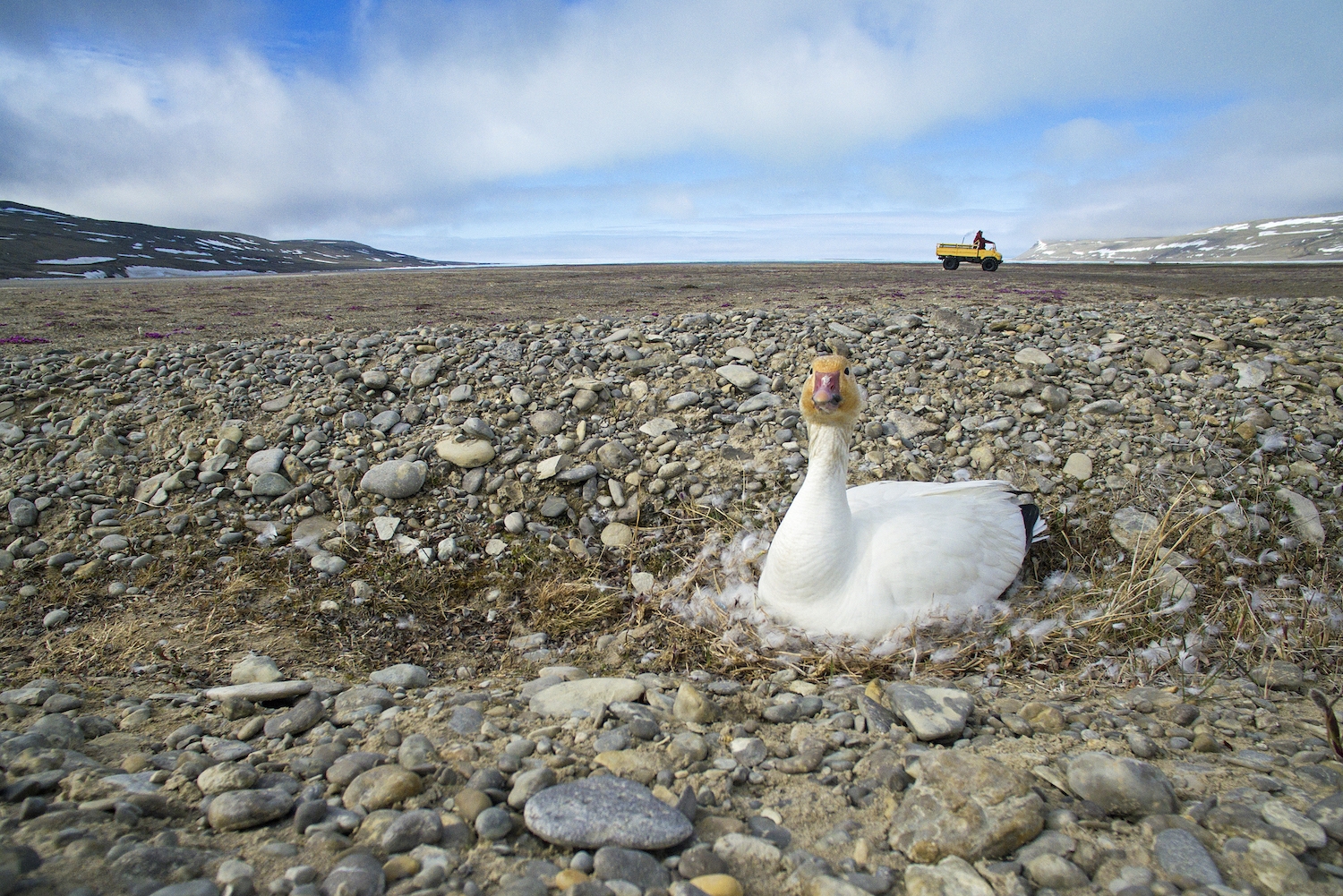
- Lapland longspur: inland bird that nests in grassy areas where muskoxen graze. Their primary defence mechanism is to crouch in tall grass and use their excellent colour pattern to camouflage against the ground.
- Long tailed jaegers: Cousin to the parasitic jaeger, a top predator of Somerset. One of the few birds able (and willing) to pick a fight with a snowy owl.
- Parasitic jaegers: a top predator on Somerset that inhabits both inland and coastal areas.
- long-tailed ducks: typically seen along the shoreline of the Northwest Passage. Long-tailed ducks are incredible divers that can swim down nearly 200 feet to forage.
- northern fulmars: coastal bird, can nest in cliff sides and shallow coastal ponds with brackish water. This bird will often fish for arctic cod and Arctic char in shallow waters.
- Thick billed murres: coastal bird along the shores of the Northwest Passage that has a "penguin" like resemblance.
- black legged kittiwakes: typically in larger colonies along the coastline of Somerset. One colony on Somerset (nick-named the coliseum for the stunning rock amphitheatre in which they nest) has somewhere between 2000 and 5000 birds.
- Black guillemot: coastal bird of the northwest passage, these cute little birds tend to stay in large flocks.
COOL FACT: Many of the sea birds that nest along Somerset catch food from salt waters and will end up drinking salt water to survive. Most of these birds have developed a desalination system called "salt glands" where ingested salt is excreted through their nostrils in a saline solution. Birds can shake their heads or "sneeze" to help force out the saline.
- Snowy owls: We regularly see these birds inland on Somerset, south of Arctic Watch. Inland temperatures are usually quite a bit warmer than the coastal areas. Snowy owl populations are dependent on lemming populations of the given year. Summer season with high lemming populations mean numerous pairs on nesting owls. Low lemming years can lead to snowy owls not nesting at all. It is estimated that one nest can require as many as 2500 lemmings from the eggs hatching to the owls leaving the nest. Our highest year on record was 7 pairs of nesting owls within a few miles of the lodge (17,500 lemmings!!!).
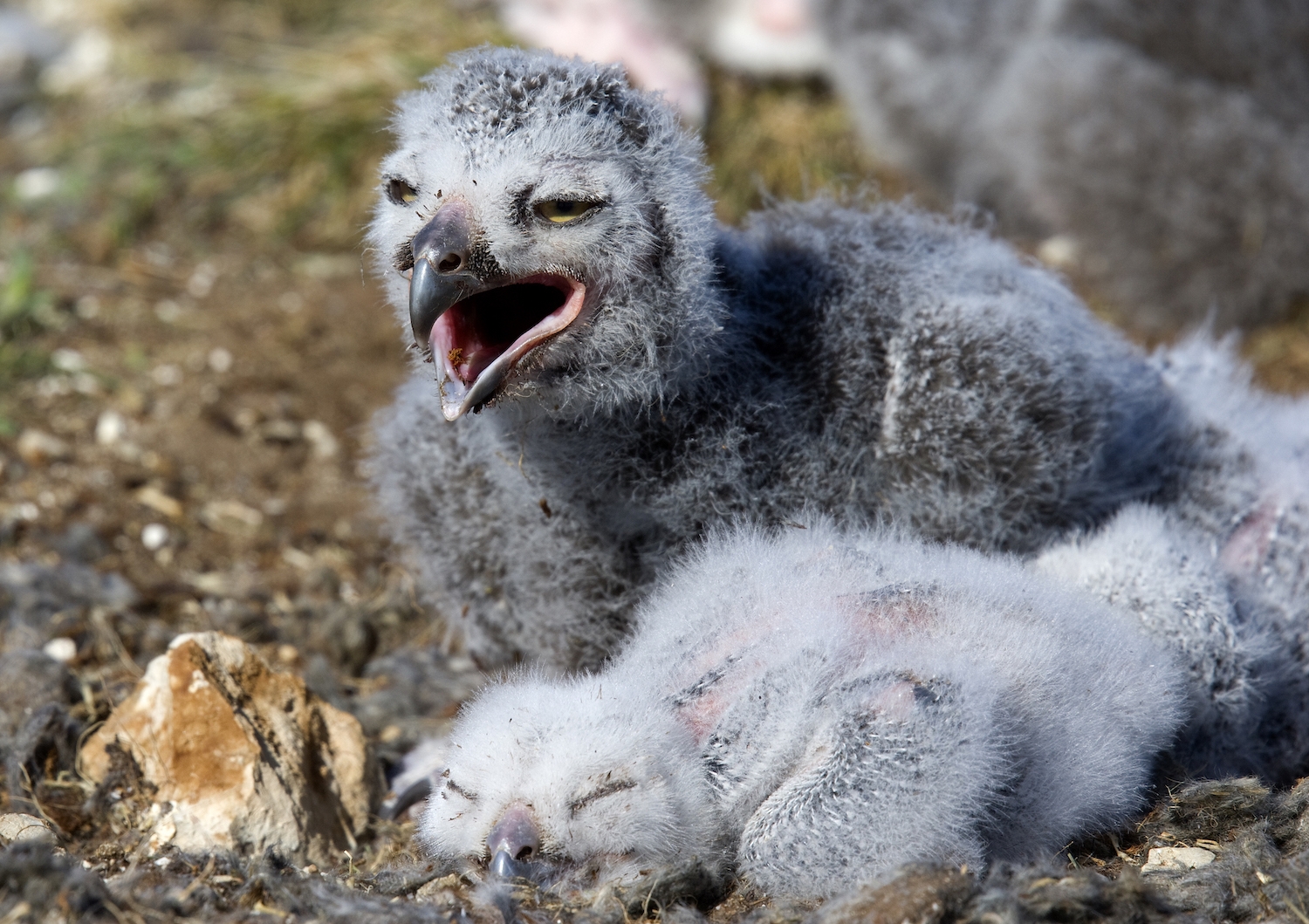
- Ross's Gull: coastal bird along the Northwest Passage.
- Snow buntings: a regular visitor to Somerset Island, these cute little birds live across Somerset and near the lodge. They love to nest in cliff sides and scree slopes where they hide their nests between rocks in small "cave" like depressions.
- Red throated loon: We typically see these loons nesting on small inland ponds (small islands a few feet wide). A gorgeous loon that lives both on coastal and inland areas and feeds mostly on fish and insects in the region.
- Yellow billed loon: typically seen on southern Somerset, these loons love to feed on Arctic char!
- Pacific loon: These loons tend to nest in shallow inland ponds and lakes and feed in coastal areas. We regularly see them flying overhead at Arctic Watch as they travel back and forth.
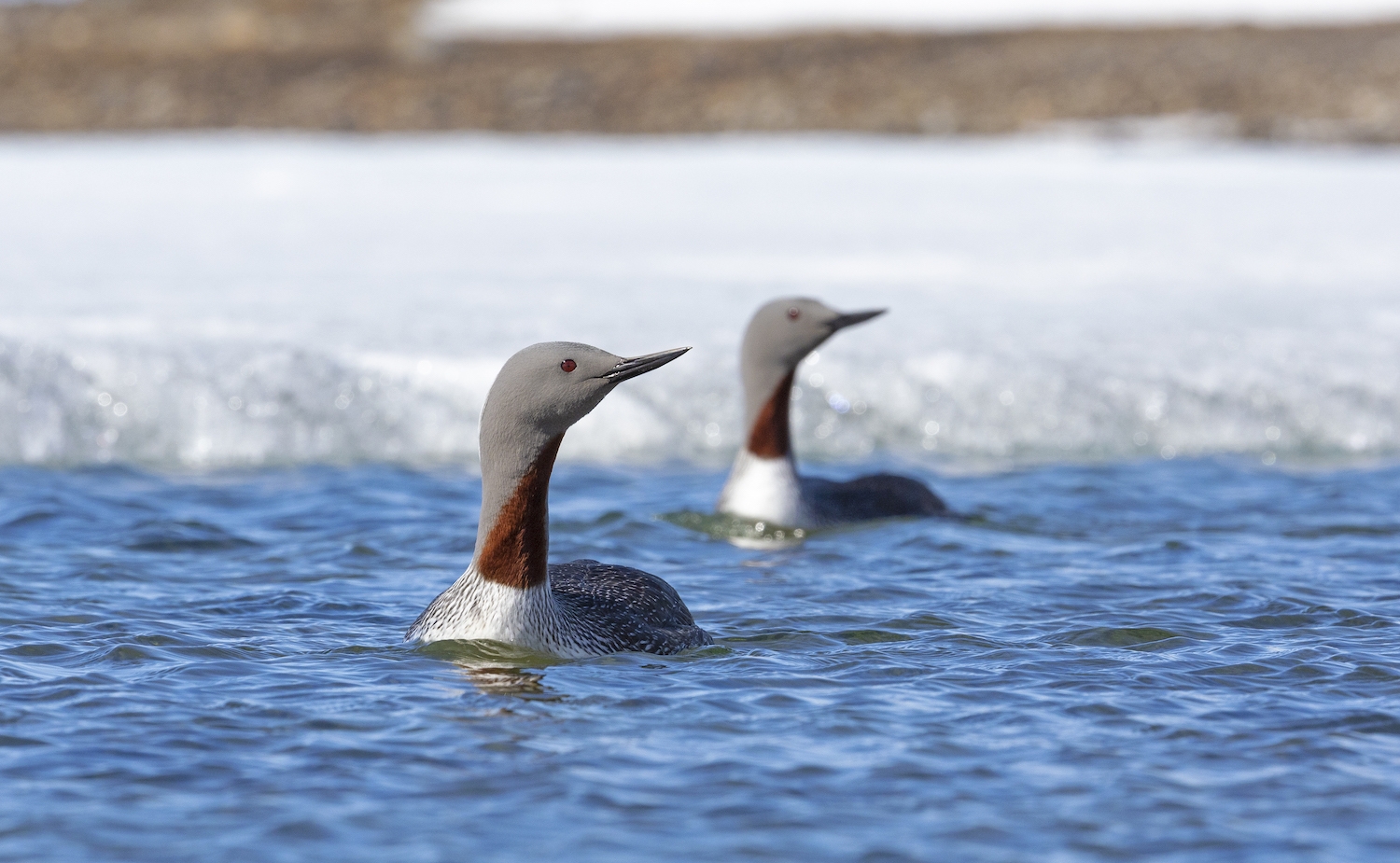
- Arctic terns: Fiesty birds that nest in larger colonies along the coastline of Somerset. We regularly see these birds fishing for both arctic char and arctic cod. These incredible birds migrate from eh Arctic to South America and Antarctica every season!
- King Eider: Albeit less frequent than the "common eider", these majestic birds to congregate on Somerset to mate and nest. Their mating displays are spectacular!
- Common Eider: A regular occurrence on the coastal areas of Somerset as well as inland creeks and rivers.
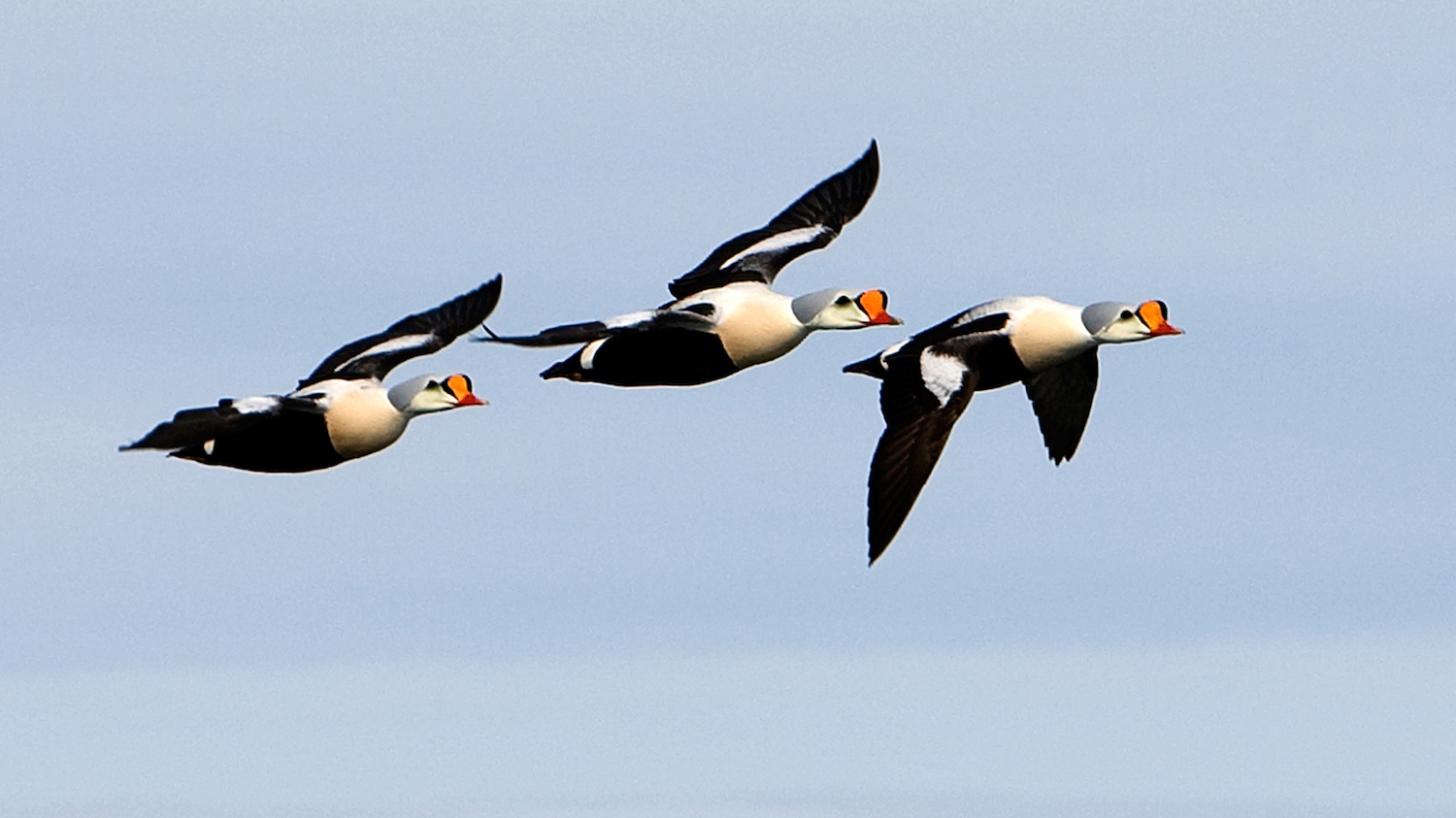
- Sandhill Cranes: We have begun to see these birds over the past 5 years. In all the guide books, they are supposed to be further south!
- Arctic ravens: wildly intelligent and opportunistic, we see them across Somerset. Two ravens in particular live in Cunningham Inlet - we name them "Scruffy & Fluffy"!
- Herring gulls: both coastal and inland, we see these large gulls across Somerset.
- Glaucous gulls: both coastal and inland, we see these large gulls across Somerset.
- Rock ptarmigan: inland bird that inhabits higher scree slopes to stay away from arctic foxes. They'll also try to nest in long grasses to avoid detection.
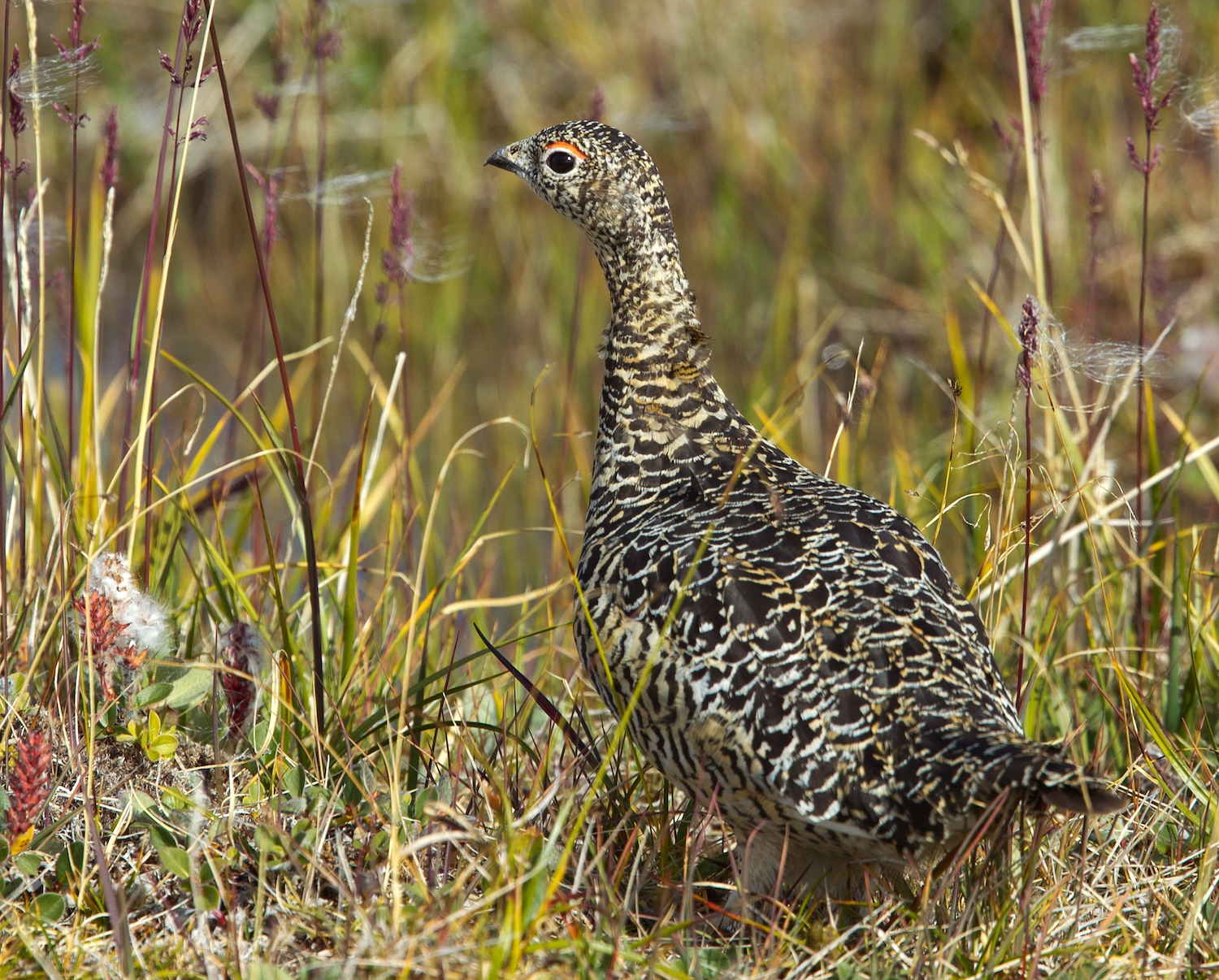
- Red Phalarope: small sand piper like bird that lives both on coastal and inland waterways on Somerset Island.
- Ruddy Turnstone: a close relative of the sandpiper, regularly seen along the shores of the Northwest Passage.
- Rough legged hawk: loves to eat gulls. Nests on high cliffs and scree slopes inland Somerset.
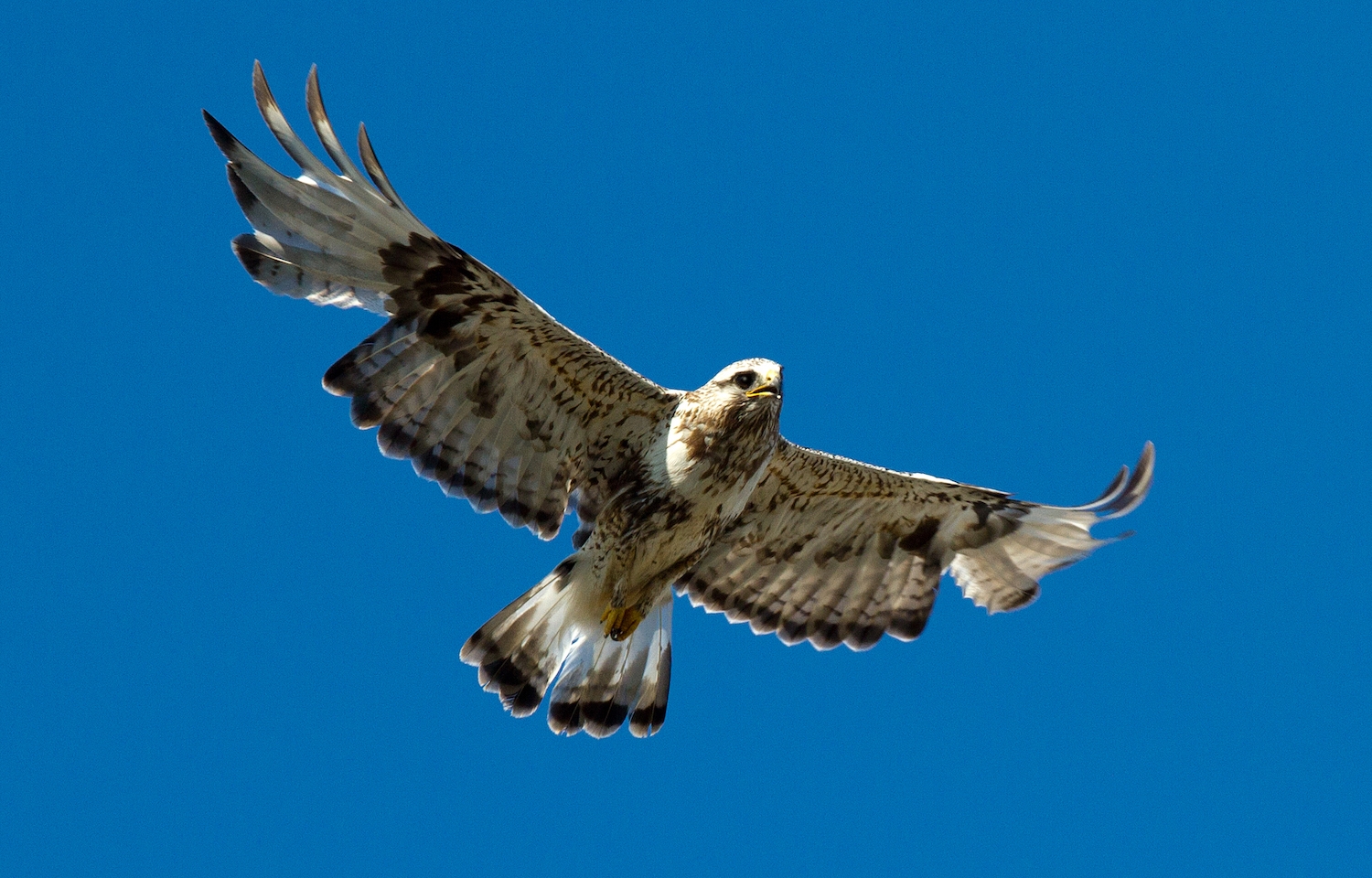
- Peregrine falcon: also loves to eat gulls. On Somerset, most peregrine falcons will typically lives near gull colonies (regularly feasting).
- Baird’s sandpiper: seen both on inland waterways of Somerset and coastal regions of the Northwest Passage.
- Semi Palmated Sandpiper: seen both on inland waterways of Somerset and coastal regions of the Northwest Passage.
- White crown sparrow: Inland bird that nests in grassy areas next door to muskoxen. Loves to hide in deep grass for protection from larger birds and foxes.
- Golden Plover: generally seen on inland waterways across Somerset Island. These birds will perform a very bizarre mating ritual!
Most birdlife on Somerset will lay their eggs and begin to hatch in early July. Chicks will spend the duration of the arctic summer growing and feeding before migrating south in mid August through early September.
It is worth mentioning that Prince Leopold Island Migratory Bird Sanctuary, which lies a short distance east of Arctic Watch, likely creates an "off-chute" of migratory species that end up nesting along the north coast of Somerset Island including within the vicinity of Arctic Watch. Prince Leopold Island is one of the largest migratory bird colonies in the circumpolar Arctic - hosting an estimated 150,000 pairs made up of black guillemots, black legged kittiwakes, glaucous gulls, northern fulmars, snow buntings, thick-billed murres, ravens, eider ducks, jaegers, brant geese and more.
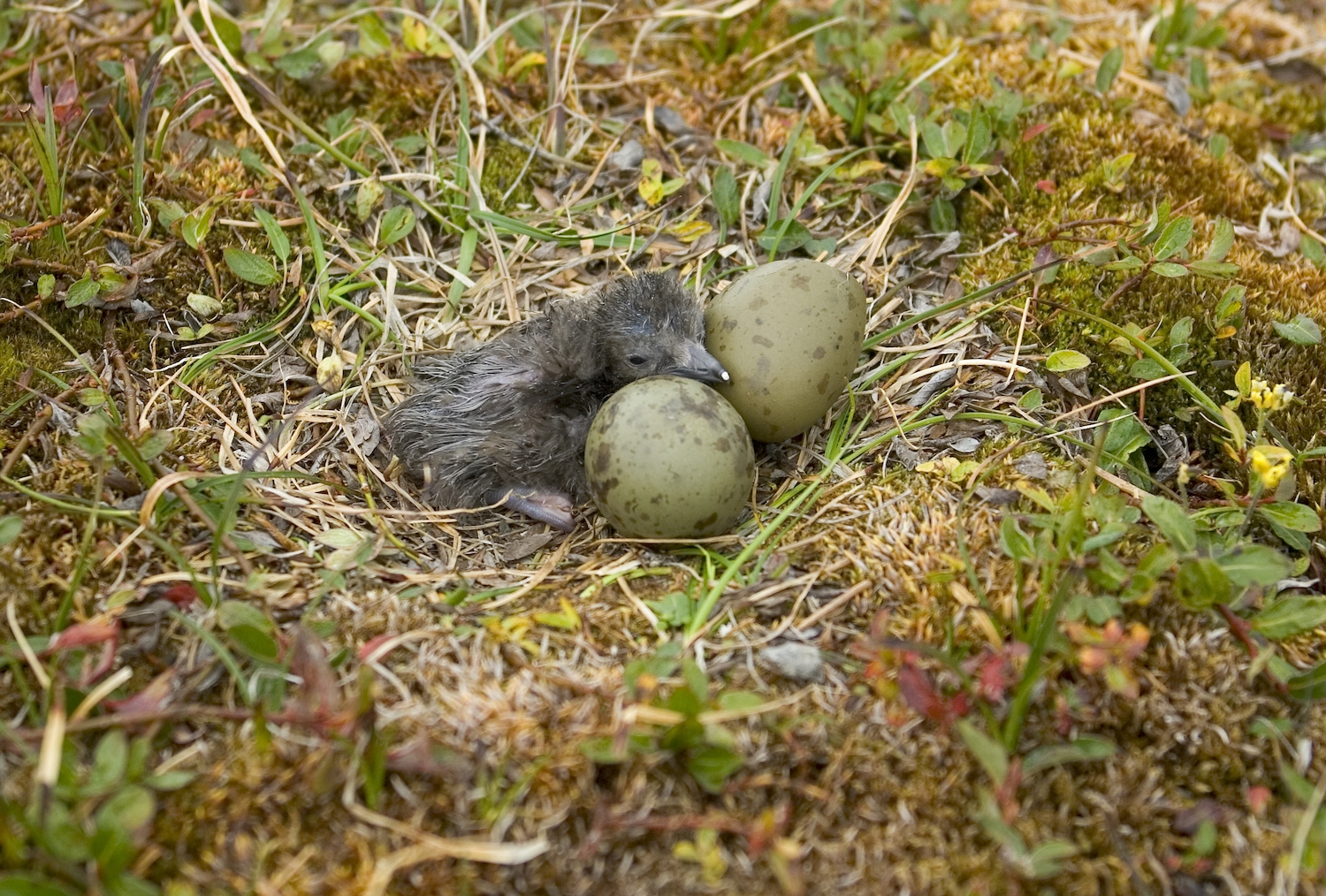
We understand that booking a trip like this is a big endeavour. Please reach out to us with any questions that you might have regarding your upcoming adventure.